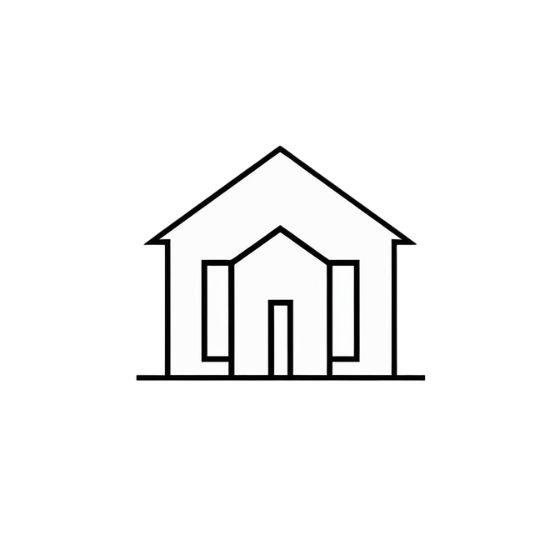Burlington's Trusted Water Damage Restoration Experts
Fast, professional water damage repair and restoration services in Burlington, VT. Available 24/7 for emergency response with certified technicians and advanced equipment.
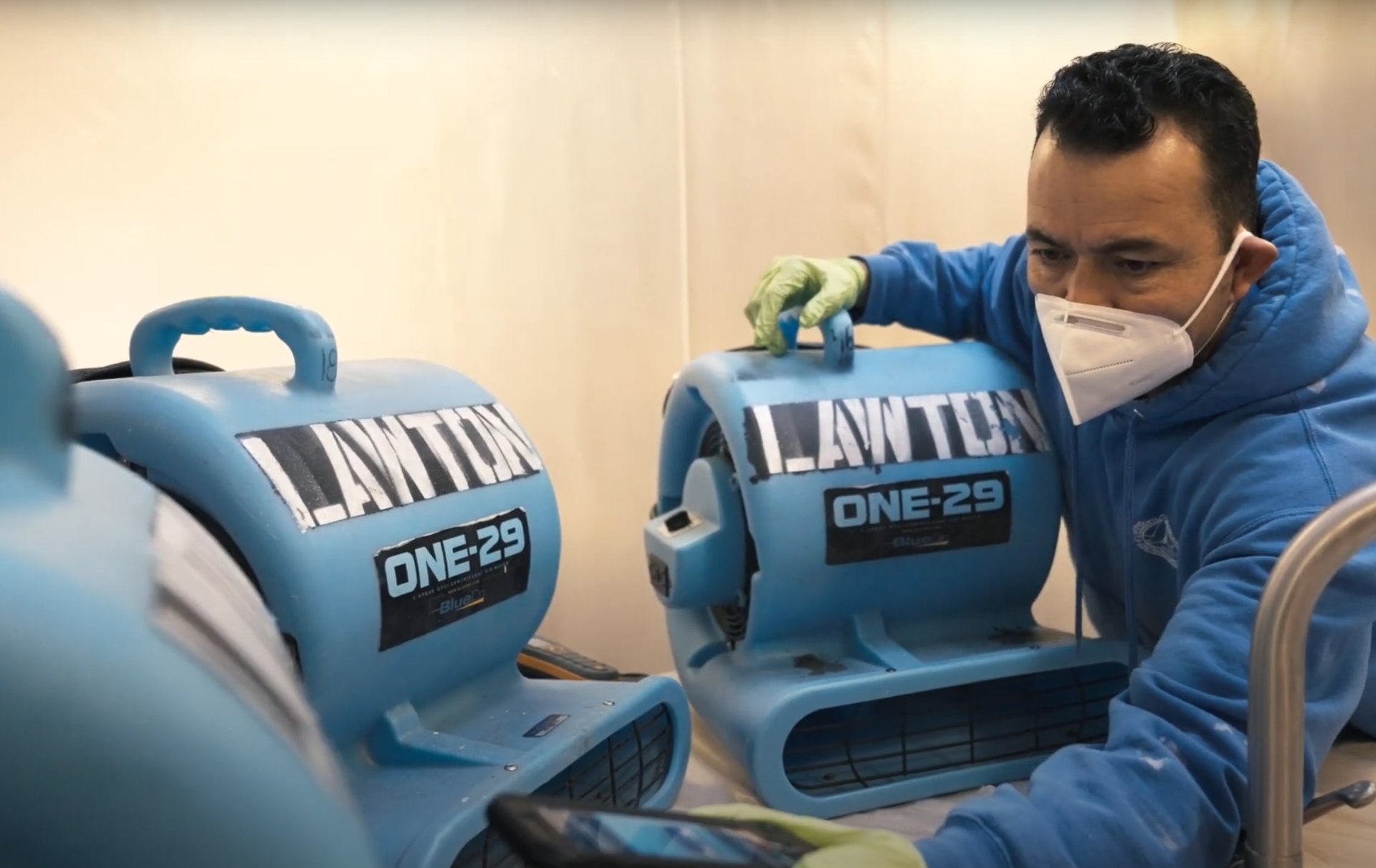
24/7 Emergency Response
Fast arrival time in Burlington, VT
Common Causes of Residential Water Damage
Have you ever wondered what causes most water damage in Burlington homes? According to industry data, over 14,000 people experience a water damage emergency at home or work each day in the United States. Understanding these common causes can help you prevent costly damage and know when to act quickly.
Burst pipes are the leading cause of residential water damage, especially during Vermont's harsh winters. When temperatures drop below freezing, water inside pipes expands, creating pressure that can cause pipes to crack or burst completely. This can release hundreds of gallons of water into your home within hours.
Appliance failures represent another major source of water damage. Washing machines, water heaters, dishwashers, and refrigerators with ice makers can malfunction unexpectedly. A failed washing machine hose can pump 650 gallons per hour into your laundry room and surrounding areas.
Roof leaks and foundation problems often develop gradually but can cause extensive damage over time. Missing shingles, damaged flashing, or clogged gutters allow water to penetrate your home's structure. Similarly, foundation cracks or poor drainage around your home can lead to basement flooding and structural damage.
Sewage backups and storm flooding present additional challenges for Burlington homeowners. Heavy spring rains or rapid snowmelt can overwhelm drainage systems, causing water to back up into basements and crawl spaces. These situations require immediate professional intervention to prevent health hazards and extensive property damage.
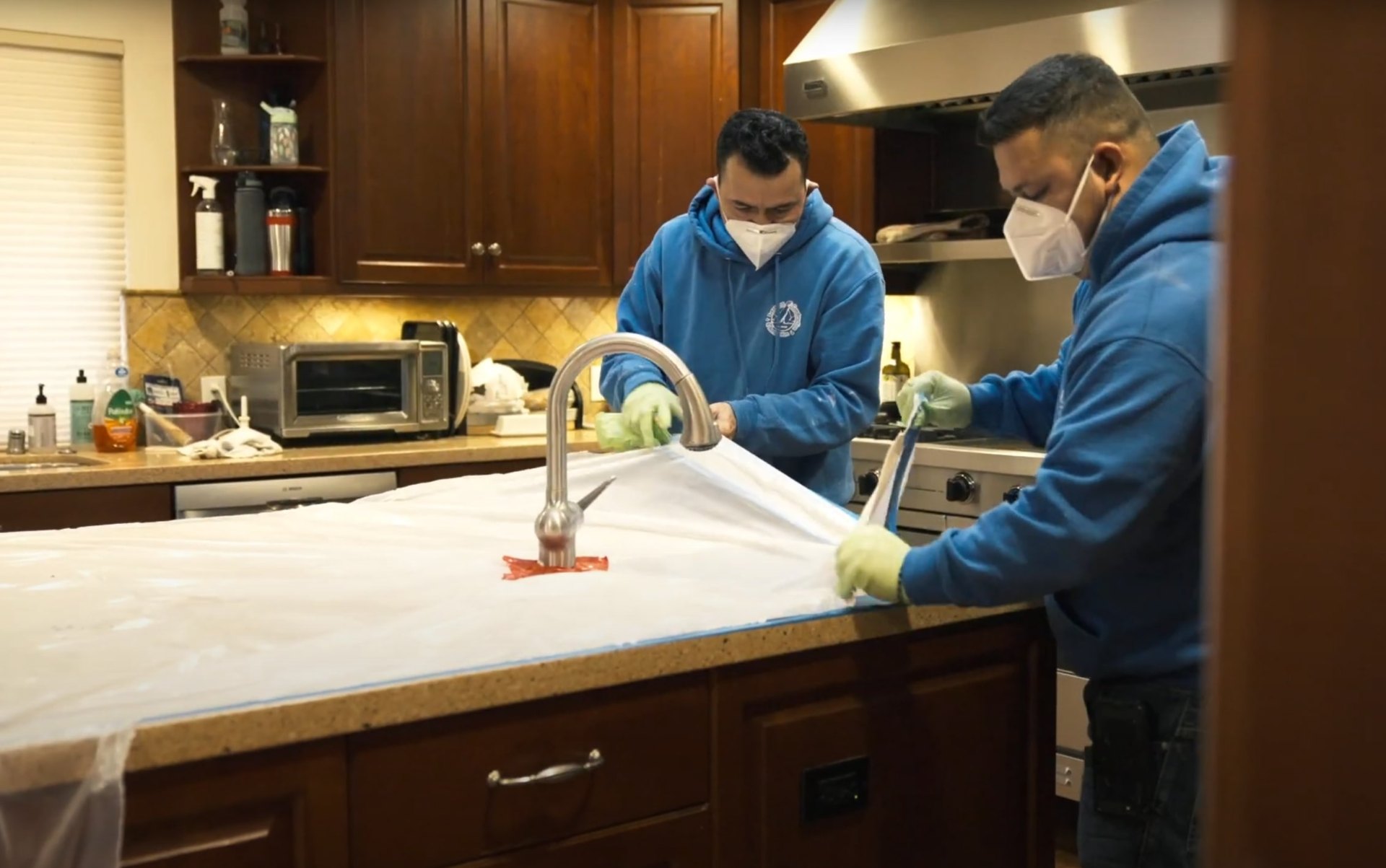
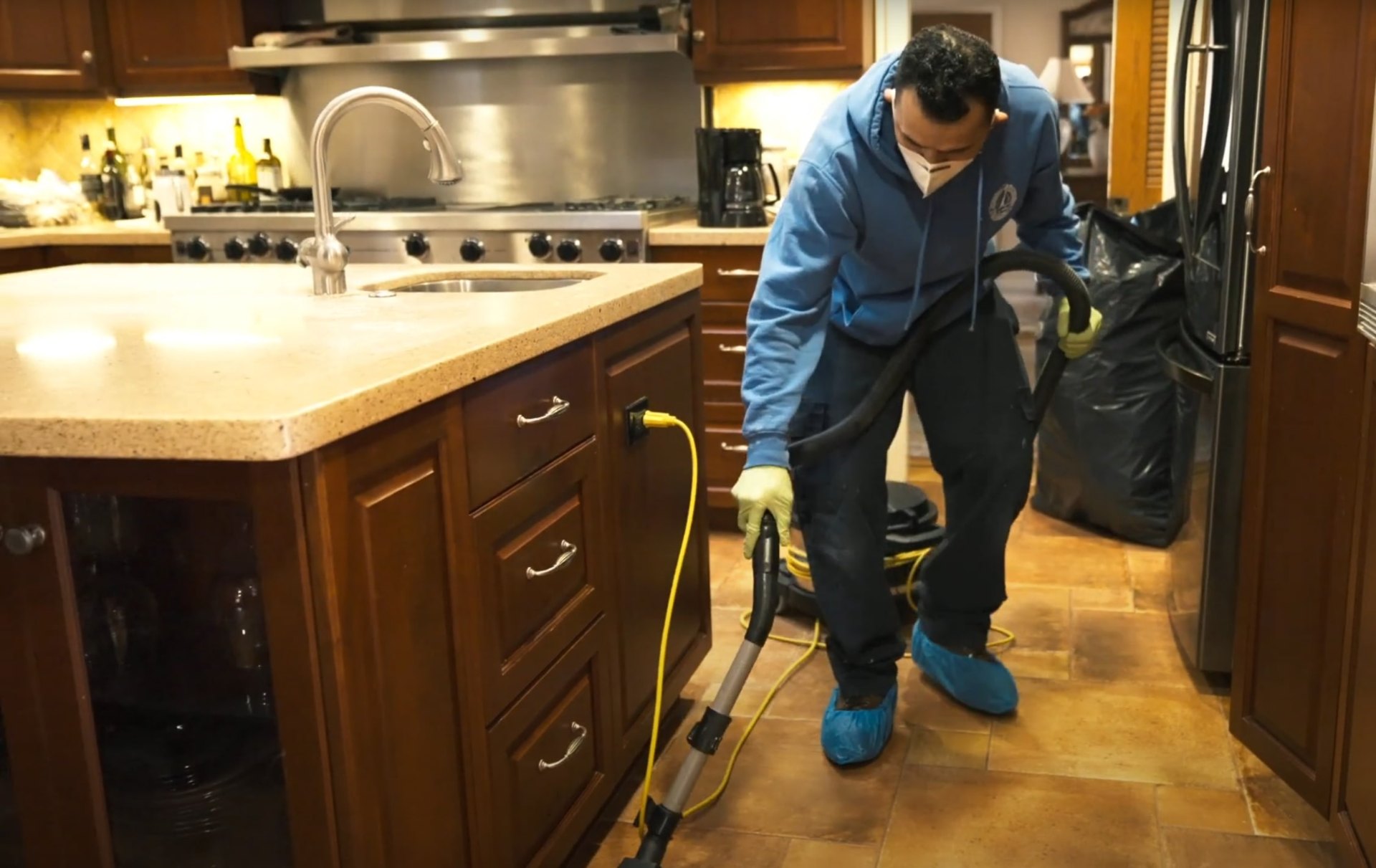
Our Services
Burlington Water Damage Restoration provides comprehensive water damage restoration services to residential and commercial properties throughout Burlington, VT and surrounding areas. Our certified technicians respond quickly to minimize damage and restore your property to pre-loss condition.
Emergency water extraction is our first priority when we arrive at your property. Using powerful truck-mounted extraction units and portable pumps, we remove standing water quickly to prevent further damage to floors, walls, and personal belongings. Our rapid response helps minimize secondary damage like mold growth and structural deterioration.
Structural drying and dehumidification services ensure your property is thoroughly dried to prevent long-term problems. We use industrial-grade air movers, dehumidifiers, and moisture monitoring equipment to create optimal drying conditions. Our technicians monitor progress daily and adjust equipment as needed to achieve complete drying.
Cleaning and sanitization services address contamination concerns, especially important with category 2 and 3 water damage. We use EPA-approved antimicrobial treatments to eliminate bacteria, viruses, and other harmful microorganisms. All affected surfaces are thoroughly cleaned and sanitized to ensure a safe environment.
Mold remediation and prevention services protect your health and property value. If mold growth is discovered, our certified mold remediation specialists contain the affected area and safely remove contaminated materials. We also implement preventive measures to reduce the likelihood of future mold problems.
Flooded Basement? Here's What to Do Before Calling Us
A flooded basement can be overwhelming, but taking the right immediate actions can significantly reduce damage and ensure your safety. Before our emergency response team arrives, follow these critical steps to protect yourself and your property.
Safety must be your first priority when dealing with a flooded basement. Never enter standing water if electrical outlets, appliances, or wiring might be submerged. Turn off electricity to the basement at your main electrical panel if you can safely access it. If you're unsure about electrical safety, wait for professionals to arrive.
Contact your insurance company immediately to report the flood damage. Document the situation with photos and videos from a safe distance, as this evidence will be crucial for your insurance claim. Many insurance policies have strict timeframes for reporting water damage claims, so don't delay this important step.
If it's safe to do so, move valuable items away from the flooded area. Elevate furniture, electronics, and important documents to higher ground. Remove as much water as possible using a wet vacuum or pump if electrical safety isn't a concern. However, avoid handling electrical equipment in wet conditions.
Begin air circulation by opening windows and doors if weather permits. This helps start the drying process and reduces humidity levels that can promote mold growth. Start the flood restoration process as soon as possible, as water damage worsens with each passing hour. Professional water damage restoration services should begin within 24-48 hours to prevent secondary damage and health hazards.
How Long Does Water Damage Restoration Take?
The timeline for water damage restoration varies significantly depending on the extent of damage, type of water involved, and size of the affected area. Understanding typical timeframes helps you plan appropriately and set realistic expectations for the restoration process.
Minor water damage affecting a single room typically takes 3-5 days to complete. This includes water extraction, drying, cleaning, and any necessary minor repairs. However, if the water has soaked into flooring, drywall, or insulation, the drying process alone can take 5-7 days or longer.
Moderate water damage involving multiple rooms or partial floors generally requires 1-2 weeks for complete restoration. This timeframe includes thorough structural drying, replacement of damaged materials like drywall or flooring, and any necessary reconstruction work.
Extensive water damage from major flooding or sewage backups can take several weeks to several months to fully restore. These complex projects often require gutting affected areas, structural repairs, and complete reconstruction of damaged rooms or floors.
Professional flood restoration teams work efficiently to minimize disruption to your daily life while ensuring thorough restoration. Factors that can extend the timeline include discovering hidden damage, mold growth requiring remediation, or delays in insurance approval. Flood restoration professionals monitor moisture levels throughout the process to ensure complete drying before proceeding with repairs and reconstruction.
Drying vs. Dehumidifying: What's the Difference?
Many property owners assume that drying and dehumidifying are the same process, but these are actually two distinct techniques that work together in professional water damage restoration. Understanding the difference helps you appreciate why both are necessary for effective restoration.
Drying refers to the active removal of moisture from specific materials and surfaces using targeted airflow and heat. Professional air movers create powerful, directed airflow across wet surfaces like carpets, walls, and flooring to accelerate evaporation. This process physically moves moisture from materials into the surrounding air.
Dehumidifying focuses on removing moisture from the air itself throughout the entire affected space. Industrial dehumidifiers extract water vapor from the air, maintaining optimal humidity levels that support the drying process. Without dehumidification, the air becomes saturated with moisture, preventing further evaporation.
The two processes work synergistically to create ideal conditions for complete moisture removal. Air movers push moisture from wet materials into the air, while dehumidifiers immediately capture that moisture to maintain the vapor pressure differential necessary for continued evaporation.
Professional restoration teams carefully balance both processes based on temperature, humidity levels, and material types. This scientific approach ensures thorough drying while preventing secondary damage like warping, cracking, or mold growth that can occur with inappropriate drying techniques.

How Mold Grows After Water Damage—and How to Stop It
Mold growth is one of the most serious secondary consequences of water damage, potentially beginning within 24-48 hours of initial water exposure. Understanding how mold develops and spreads helps you recognize the importance of rapid, professional water damage restoration.
Mold spores are naturally present in all environments, floating invisibly through the air until they find favorable conditions for growth. When water damage occurs, affected materials like drywall, insulation, carpet, and wood provide the organic food sources mold needs to thrive.
The combination of moisture, organic materials, and temperatures between 40-100°F creates ideal conditions for rapid mold colonization. Once established, mold releases additional spores into the air, spreading contamination throughout your property and potentially causing health problems for occupants.
Prevention requires immediate action to eliminate moisture and create unfavorable conditions for mold growth. Professional damage assessment and moisture mapping, structural drying, and dehumidification must begin within 24-48 hours to prevent mold establishment. This narrow window makes emergency response crucial for protecting your property and health.
Professional water damage repair teams use antimicrobial treatments and specialized equipment to eliminate moisture and prevent mold growth. If mold has already begun growing, certified remediation specialists can safely contain and remove contaminated materials while implementing measures to prevent future growth. Flood restoration professionals understand that effective mold prevention is an integral part of comprehensive water damage restoration.
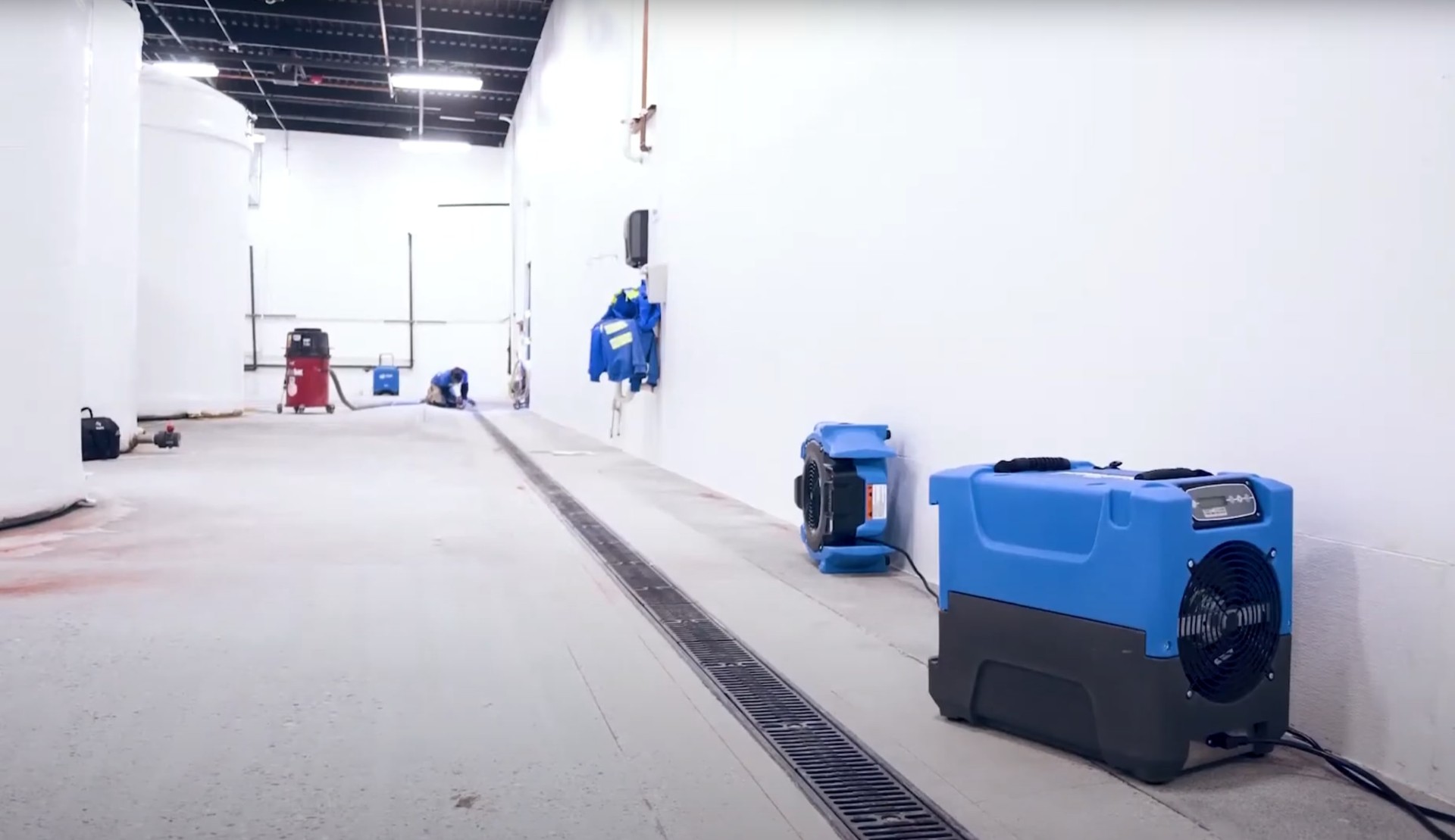
Insurance & Water Damage: What's Actually Covered?
Understanding your insurance coverage for water damage can save you thousands of dollars and help you make informed decisions during a crisis. However, water damage insurance coverage is complex, with important distinctions between different types of water damage and policy coverage.
Standard homeowner's insurance typically covers "sudden and accidental" water damage, such as burst pipes, appliance failures, or roof leaks from storm damage. This coverage includes water extraction, structural drying, cleaning, and restoration of damaged materials and belongings.
Flood damage from external sources like rising rivers, storm surge, or surface water requires separate flood insurance through the National Flood Insurance Program or private insurers. This distinction is crucial for Burlington residents, as spring flooding and heavy rains can cause significant property damage.
Gradual water damage from ongoing leaks, poor maintenance, or seepage typically isn't covered by standard policies. Insurance companies expect homeowners to maintain their properties and address problems promptly. This makes regular maintenance and quick response to water issues essential for coverage protection.
Working with experienced restoration professionals helps ensure proper documentation for insurance claims. We assist with claim preparation, provide detailed damage assessments, and communicate directly with insurance adjusters to expedite the claims process and maximize your coverage benefits. Our structural repairs and restoration work meets all insurance requirements and building codes.
How We Use Advanced Equipment for Faster, Safer Drying
Modern water damage restoration relies on sophisticated equipment and scientific principles to achieve faster, more thorough drying while protecting your property from secondary damage. Our investment in advanced technology directly benefits our customers through shorter restoration times and better outcomes. In cases involving emergency plumbing failures, our rapid response team works alongside our restoration specialists to stop water at the source and begin mitigation immediately.
Truck-mounted extraction units provide powerful suction capabilities that portable equipment cannot match. These systems can remove hundreds of gallons per minute from carpets, upholstery, and hard surfaces. The superior extraction power minimizes the amount of water that penetrates into subflooring and structural materials.
Low-grain refrigerant dehumidifiers create optimal drying conditions by maintaining precise humidity levels throughout the affected area. These industrial units can remove 20-30 gallons of water per day from the air, far exceeding residential dehumidifiers. Maintaining proper humidity levels prevents condensation and secondary damage.
Thermal imaging cameras allow our technicians to detect hidden moisture in walls, ceilings, and floors without destructive testing. This technology helps us identify all affected areas and monitor drying progress accurately. We can detect moisture problems before they become visible, preventing costly surprises.
Hydroxyl generators and ozone machines eliminate odors and airborne contaminants safely while the property is occupied. These air purification systems break down odor molecules at the molecular level rather than simply masking them. This technology ensures your property not only looks restored but smells fresh and clean. For complex situations requiring additional expertise, our specialized services include advanced treatments and unique restoration solutions.
